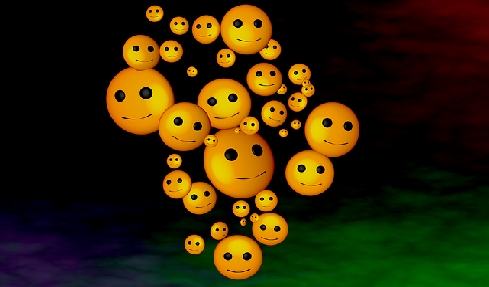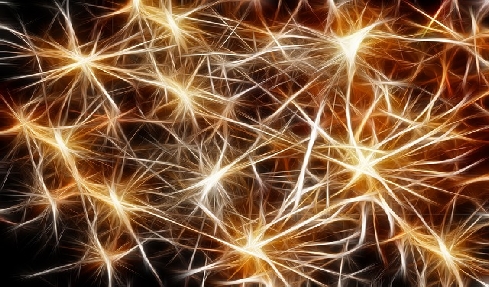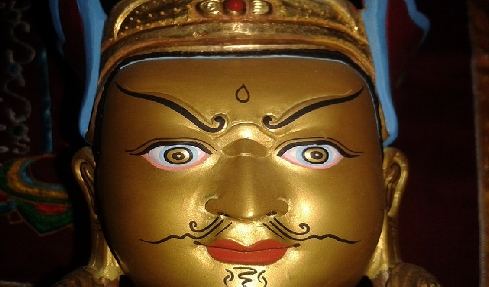Since ancient times, the one thing human beings have always longed for is happiness. Yet, with all the progress in society, what we believe to be happiness has eluded us. The rapid decline in the index on global well-being has compelled all of us to rethink: What is happiness? How do we find it? In recent years, this topic has generated even greater interest.
Perhaps there are some methods in Buddhism. These methods might not work for everyone since we each have individual needs — in Buddhist terms, this is to say no one method can suit everyone since we each have karmic dispositions that are vastly different. However, for those who have the inclination, the methods can guide us in finding happiness in everyday life and at work, and in leading a fuller and more meaningful life.
[Depicted from Luminous Wisdom Book Series "Do not be frightened off by the Paper Tiger" : The Tibetan Buddhist View on Happiness]











